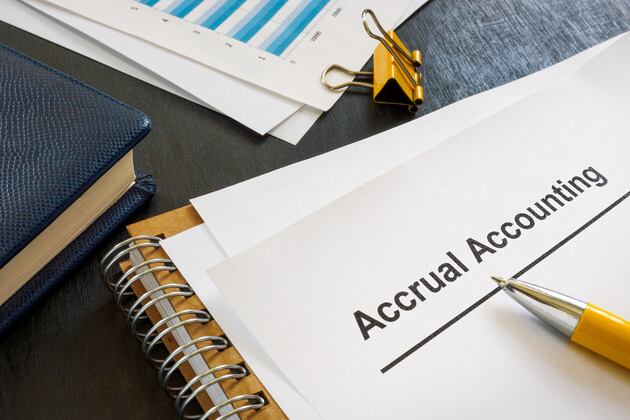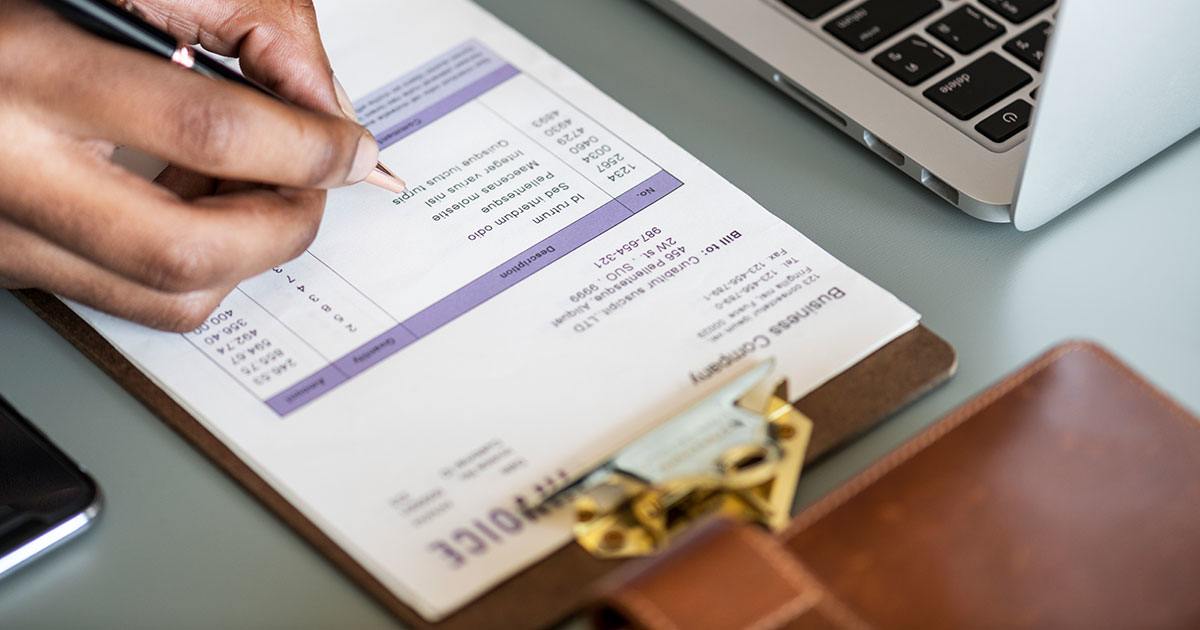How To Calculate Cash Flow: Key Formulas and Practical Examples
April 4, 2024

Cash flow measures the money moving in (inflows) and out (outflows) of a business. It represents all the cash available for operating expenses, investments, and financing activities.
Here’s how to calculate cash flow using easy formulas and practical examples. You’ll also find tips for managing cash flow to promote stability and growth for your business.
5 Types of Cash Flow

Understanding types of cash flow leads to more informed calculations and decisions. The most common types include:
- Net cash flow is total cash inflows minus total cash outflows over a given period. It provides a comprehensive measure of how much money you have. A positive net cash flow means your business is bringing in more than it’s spending. A negative net cash flow indicates you may need to make changes to bring in more cash.
- Operating cash flow is cash from your day-to-day operations. This reflects your business’s profitability.
- Free cash flow is cash left over after operating expenses and capital expenditures. It’s the money you have on hand to pay debt or reinvest in growth. A steady stream of positive free cash flow is a sign of a healthy, sustainable business.
- Cash flow from investing activities is cash used for or generated from investments in long-term assets. This includes property, equipment, and securities. Amounts vary depending on your business needs and opportunities.
- Cash flow from financing activities is cash that comes from issuing debt or dividends. It can give you insight into your financing strategy and funding for growth or expansion. But relying on financing cash flow can also increase risk and debt obligations.
RELATED ARTICLE — How To Fill out a Rent Receipt (with Example)
Cash Flow Formulas

Here are all the formulas you need to know.
Calculating Net Cash Flow
Net cash flow is a simple but powerful metric that provides a comprehensive picture of your business’s financial health. It takes all cash inflows and outflows into account, regardless of the source.
To learn how to calculate net cash flow, subtract total cash outflows from total cash inflows for a given period. This gives you the net cash flow formula:
Total Cash Inflows – Total Cash Outflows = Net Cash Flow
Here’s an example. Let’s say your small business had $50,000 in cash inflows last month. It also had $40,000 in cash outflows. Your monthly net cash flow would be:
$50,000 – $40,000 = $10,000
Remember: A positive net cash flow means your business generates more cash than it spends. A negative net cash flow means you’re spending more than you’re bringing in. The goal is to maintain a positive net.
Calculating Operating Cash Flow
Learning how to calculate cash flow from operations is straightforward. Start with your net income. Then add non-cash expenses like depreciation and amortization. Adding these items reflects the actual cash you get from operations more realistically than the net flow. You should also adjust for changes in working capital. This gives you the formula:
Net Income + Non-Cash Expenses +/- Change in Working Capital = Operating Cash Flow
Let’s look at another example. Imagine your small business has a net income of $75,000. It goes through depreciation of $5,000 and has a $10,000 increase in accounts receivable (part of working capital). The increase in accounts receivable is subtracted because it represents cash you’ve earned but not yet received. Your operating cash flow is:
$75,000 + $5,000 – $10,000 = $70,000
This means the business generated $70,000 in positive operating cash flow.
Calculating Free Cash Flow
Free cash flow shows the cash your business has available after operating expenses and capital expenditures. These expenses come from areas like property and equipment.
To calculate free cash flow, start with your operating cash flow. Then, subtract capital expenditures. This gives you the formula:
Operating Cash Flow – Capital Expenditures = Free Cash Flow
Continuing from the previous example, let’s say your business spent $20,000 on new equipment. Your free cash flow calculation would be:
$70,000 – $20,000 = $50,000
Calculating Cash Flow From Investing Activities
Cash flow from investing includes the cash used to buy long-term assets. This can include both operating necessities and investments that don’t impact day-to-day operations. Stocks, bonds, and equipment fall into this category.
Here’s how to calculate cash flow from assets:
Cash Flow From Investing Activities = Cash Inflows From Asset Sales – Cash Outflows From Asset Purchases
Let’s say your business sold its position in a stock for $10,000. Then, it entered a position in a new stock for $30,000. Your cash flow from investing would be:
$10,000 – $30,000 = – $20,000
The negative result means you invested more cash than you generated from asset sales.
RELATED ARTICLE — What Is Invoice Reconciliation?
Calculating Cash Flow From Financing Activities
This form of cash flow represents cash you receive from issuing debt or equity. It also includes cash paid out as debt repayments or shareholder dividends. The formula to calculate cash flow from financing activities is:
Cash Flow from Financing = Cash Inflows from Debt and Equity – Cash Outflows from Debt Repayments and Dividends
For instance, let’s say you took out a $50,000 loan for your business. You also paid $5,000 in dividends to investors. Your financing cash flow is:
$50,000 – $5,000 = $45,000
8 Tips for Effectively Managing Your Business Cash Flow

Understanding cash flow is important, but it’s only one part of financial health. Use these tips to maintain a strong and stable cash flow.
1. Use Financial Management Software
Dedicated cash flow software like Invoice Simple streamlines your finances. It automatically tracks inflows, outflows, and projections. This saves time and leads to more informed financial decisions.
2. Invoice Promptly and Follow Up
Invoice on time for a steady cash flow. Send invoices as soon as possible, and be proactive about following up on overdue payments. Create a system for sending regular payment reminders.
RELATED ARTICLE — How To Keep Track of Invoices & Payments
3. Offer Discounts for Paying Early
Offering a small discount encourages clients to pay invoices faster. This tactic maintains inflow and reduces the risk of late or missed payments.
4. Maintain a Cash Reserve
Build up a cushion that can cover 3–6 months of business expenses. Having a reserve helps you get through emergencies or seasonal changes.
5. Forecast Cash Flow Regularly
Use cash flow projections to predict future needs and plan ahead. This information leads to more proactive decisions. You might adjust spending or secure financing before an expected cash crunch.
6. Optimize Inventory Management
Avoid tying up too much cash in inventory to keep the flow going. Track stock levels and sales trends, and consider using a just-in-time inventory system. This system involves ordering supplies as needed rather than stockpiling.
7. Cut Unnecessary Costs
Review your expenses regularly. Identify areas where you can cut back without sacrificing quality or efficiency and drop subscriptions or services that don’t provide a clear return on investment.
8. Optimize Accounts Receivable
Develop clear payment policies and track invoices and payments. To avoid cash flow issues, ask for deposits or partial payments for large projects. Compare your invoices to payments received to spot problems faster.
Business Expense Tracker
With Invoice Simple, tracking expenses has never been easier. The business expense and receipt tracker lets you scan any receipt. The system captures key info automatically so you don’t have to. All of your expense data is ready to export into a summary report when you need it.












